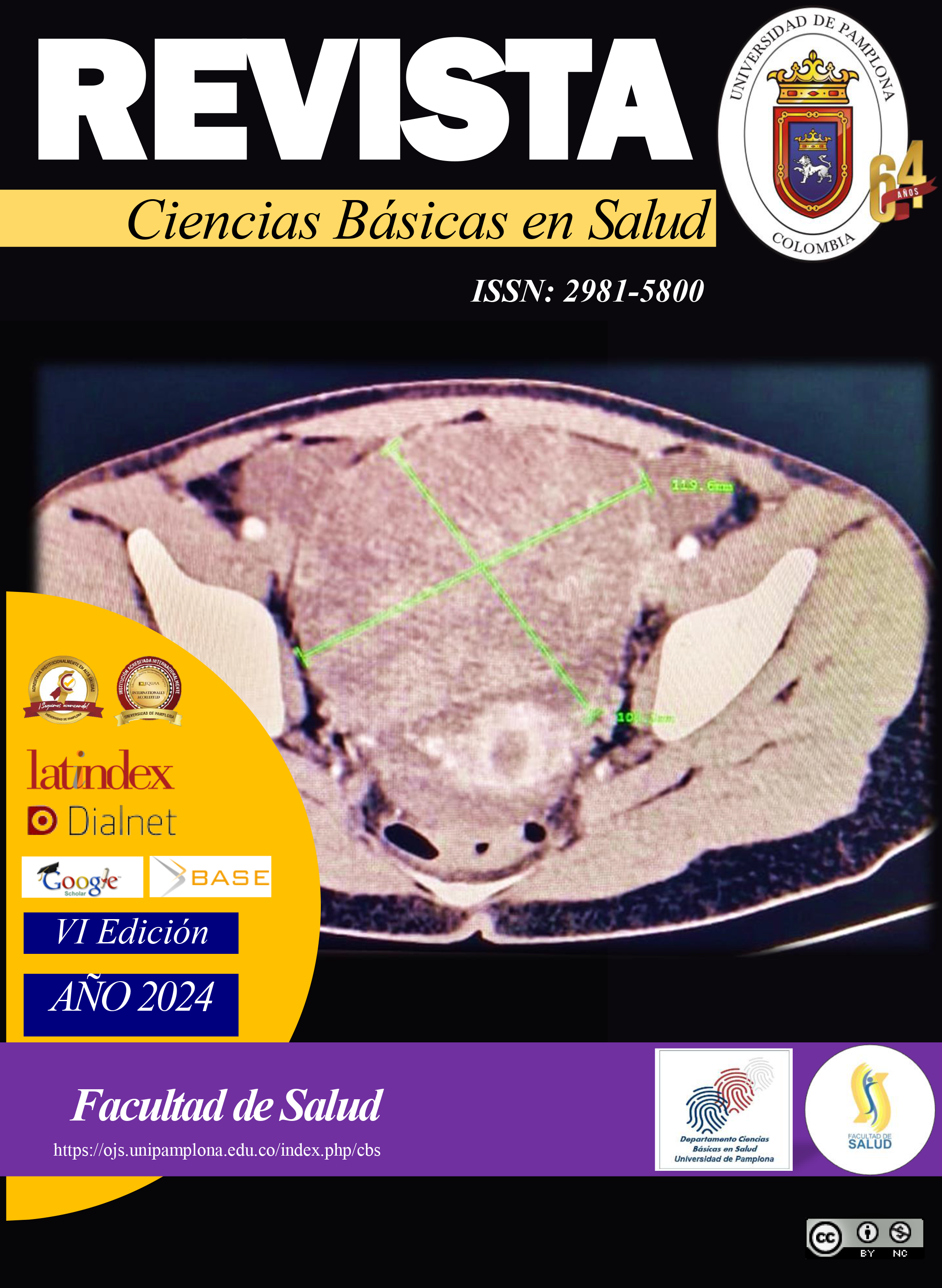Parsonage Turner syndrome, a case report
DOI:
https://doi.org/10.24054/cbs.v2i4.3294Keywords:
Parsonage- Turner Syndrome, Acute Pain, Electromyography, Muscle Weakness, Muscular AtrophyAbstract
Parsonage-Turner syndrome (PTS), brachial plexitis or brachial neuritis is a rare pathology, with an incidence of approximately 3 cases per 100,000 inhabitants of unknown etiology, although in some cases triggering factors such as bacterial infections have been found and it has been related to systemic diseases.2
Its classic characteristic is unilateral omalgia, of sudden onset, disabling, with subsequent muscle weakness, which is accentuated in movements such as elevation, abduction and external rotation of the affected limb. It has been observed that in PTS the peripheral nerves most involved are the long thoracic, axillary, musculocutaneous and suprascapular nerves. Several phases have been described in PTS.
The neuritis phase, the paralysis and muscle atrophy phase, and the recovery phase. In most cases no sequelae have been reported, however, permanent motor deficits may be observed in some patients. 2,3,4,5,6
This is a clinical case of a 67-year-old female patient, with a history of DM2, who consults for acute onset left shoulder pain associated with loss of strength, functional limitation of the shoulder and alterations of sensitivity, which was preceded by periodontal infection in the ipsilateral lower jaw, which drained spontaneously for which she did not receive antibiotic treatment, and after performing an MRI, it was found alterations in the intensity of the supraspinatus, infraspinatus and subscapularis tendinopathy, in addition to electromyography with chronic signs of chronic reinnervation and fibrillation in chronic reinnervation, After performing an MRI, alterations in the intensity of the supraspinatus and infraspinatus muscles and subscapularis tendinopathy were found, in addition to electromyography with chronic signs of chronic reinnervation and fibrillation at rest of the supraspinatus, deltoid and left biceps muscles, without motor involvement of the same, thus reaching the diagnosis of a Parsonage Turner syndrome, which responded positively to treatment with transcutaneous nerve stimulation (TENS).
Downloads
References
Brown, R., O’Callaghan, J., & Peter, N. (2020). Parsonage Turner syndrome caused by Staphylococcus aureus spondylodiscitis. BMJ Case Reports, 13(2), e233073. https://doi.org/10.1136/bcr-2019-233073
Martínez-García, A., de-Alba-Moreno, R., Caballero-Aceituno, M. J., Laza-Rein, J. M., & Morales-Rojas, A. (2017). Síndrome de Parsonage-Turner: a propósito de un caso. Revista de la Sociedad Española del Dolor, 24(3), 145-146. https://dx.doi.org/10.20986/resed.2017.3526/2016
Ortiz Torres M, Gudlavalleti A, Mesfin FB. Brachial Plexitis. 2020 Jul 19. In: StatPearls [Internet]. Treasure Island (FL): StatPearls Publishing; 2020 Jan–. PMID: 28846332. https://doi.org/10.1016/S0140-6736(48)90611-4
Seror, P. (2017). Neuralgic amyotrophy. An update. Joint Bone Spine, 84(2), 153-158. https://doi.org/10.1016/j.jbspin.2016.03.005
Smith, C. C., & Bevelaqua, A.-C. (2014). Challenging Pain Syndromes. Physical Medicine and Rehabilitation Clinics of North America, 25(2), 265-277. https://doi.org/10.1016/j.pmr.2014.01.001
Parsonage, M. J., & Turner, J. A. (1948). Neuralgic amyotrophy the shoulder-girdle syndrome. The Lancet, 251(6513), 973-978.
Procopio, F. B., & Montero, S. A. R. (2010). Síndrome de Parsonage-Turner. Revisión bibliográfica. Seminarios de la Fundación Española de Reumatología, 11(4), 144-151. DOI: 10.1016/j.semreu.2010.05.002
Van Snick, E., Valgaeren, B., & Claikens, B. (2023). Parsonage-Turner Syndrome. Journal of the Belgian Society of Radiology, 107(1).
Downloads
Published
How to Cite
Issue
Section
License
Copyright (c) 2024 Basic Health sciencies journal

This work is licensed under a Creative Commons Attribution-NonCommercial 4.0 International License.







